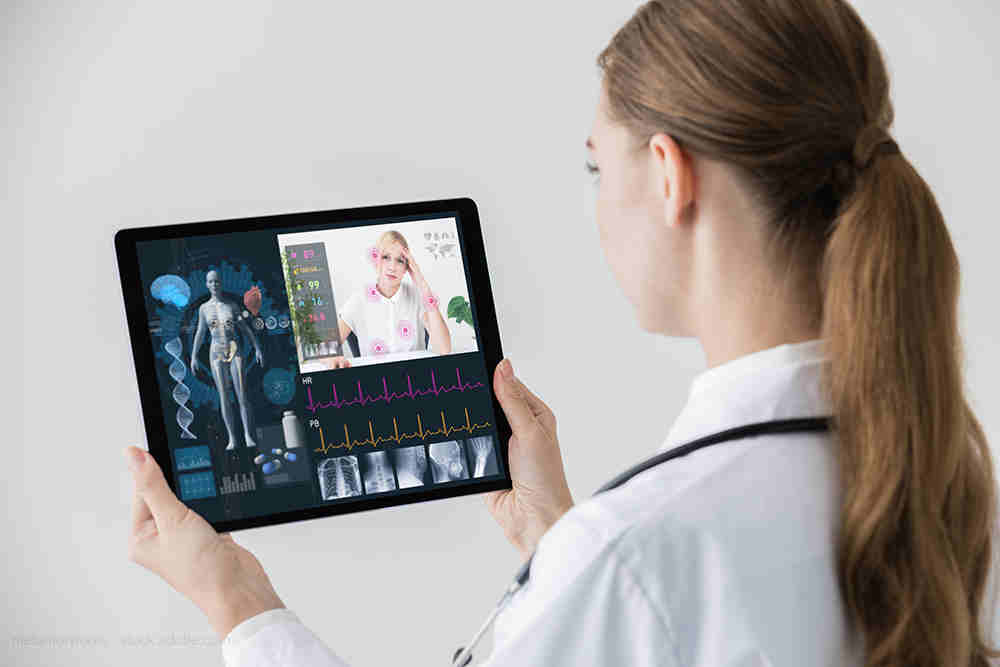
@ShahidNShah


Patients who live in rural areas incur a variety of costs attributed to physically getting into the office to meet with their doctor when the need arises. When those patients require more frequent visits for chronic disease management, the cost of transportation, missed work, out-of-pocket copays, and any number of other costs can become a substantial barrier to care.
Rural hospitals face myriad unique challenges that often affect both their financial health and the health outcomes of the patients they serve. Obstacles including lower patient volume, a higher population of aged patients with chronic diseases, and a greater utilization of government-sponsored payer programs such as Medicare and Medicaid all leave rural hospitals scrambling to make ends meet while trying to maintain patient access to quality care. To help offset such challenges, some rural hospitals have begun to focus on diversifying the care they offer and provide their patients, better helping ensure these hospitals meet patient health needs effectively and efficiently while creatively sustainable revenue streams. One way rural hospitals are achieving both goals simultaneously is through the adoption of telehealth services like remote patient monitoring, also referred to as RPM.
Continue reading at managedhealthcareexecutive.com
The COVID-19 pandemic is directly responsible for the dramatic rise of telehealth. But as providers quickly established new or expanded existing virtual care programs, they may not have addressed …
Connecting innovation decision makers to authoritative information, institutions, people and insights.
Medigy accurately delivers healthcare and technology information, news and insight from around the world.
Medigy surfaces the world's best crowdsourced health tech offerings with social interactions and peer reviews.
© 2025 Netspective Foundation, Inc. All Rights Reserved.
Built on Apr 22, 2025 at 4:40am